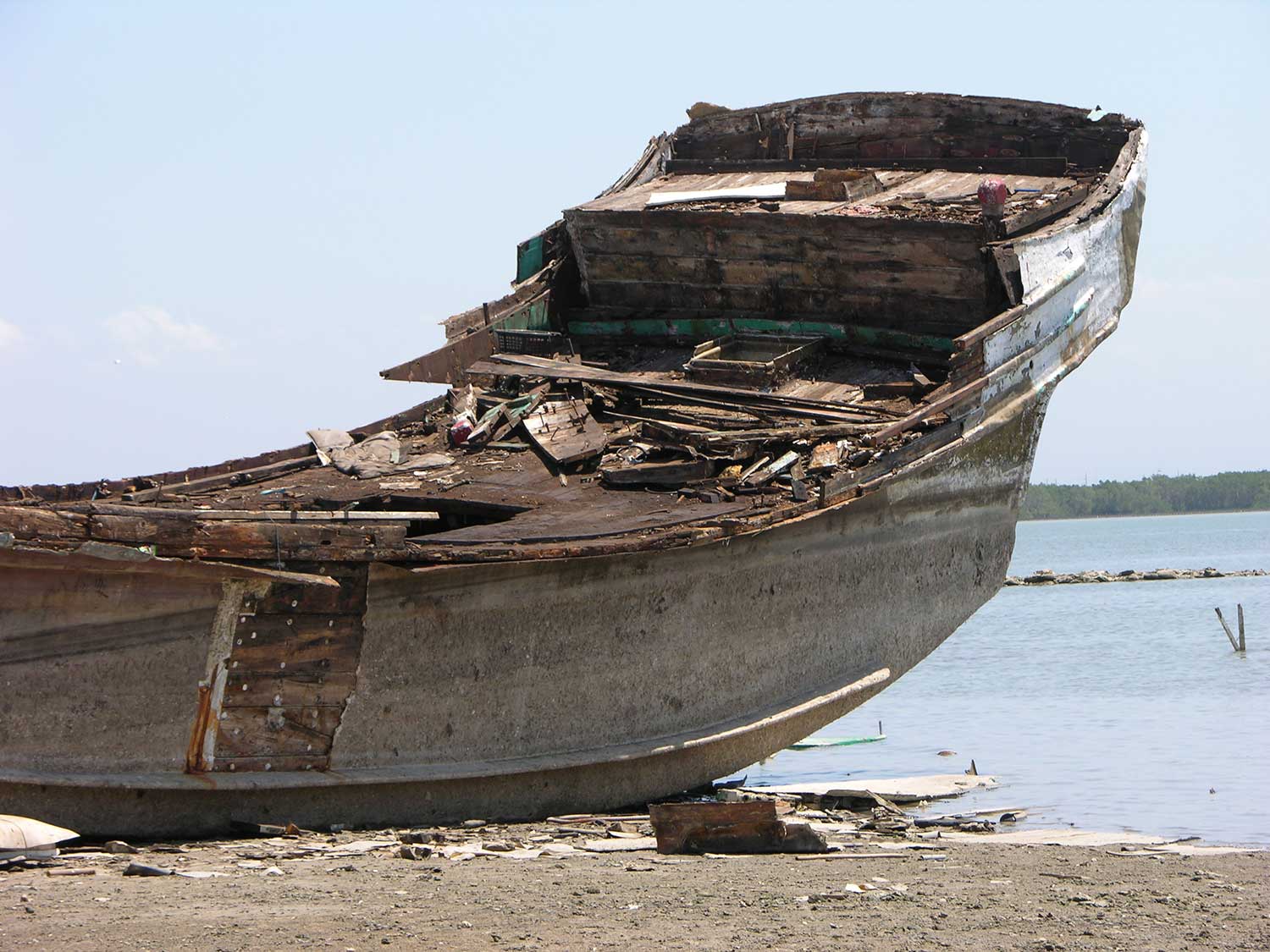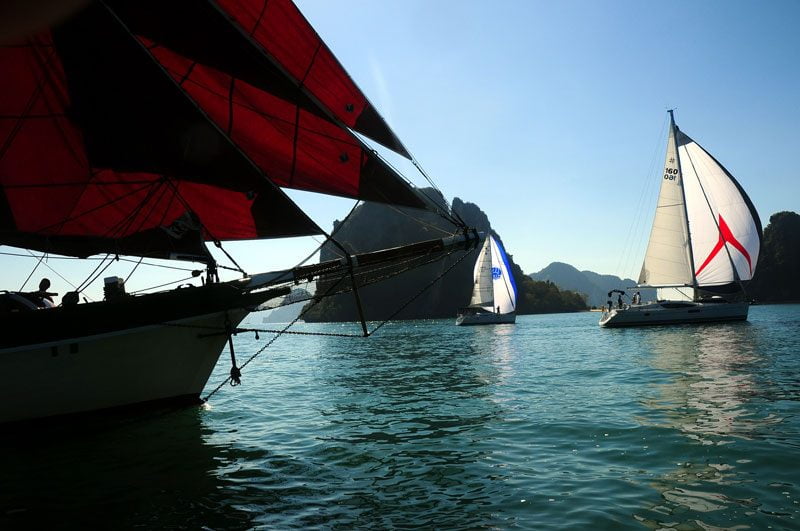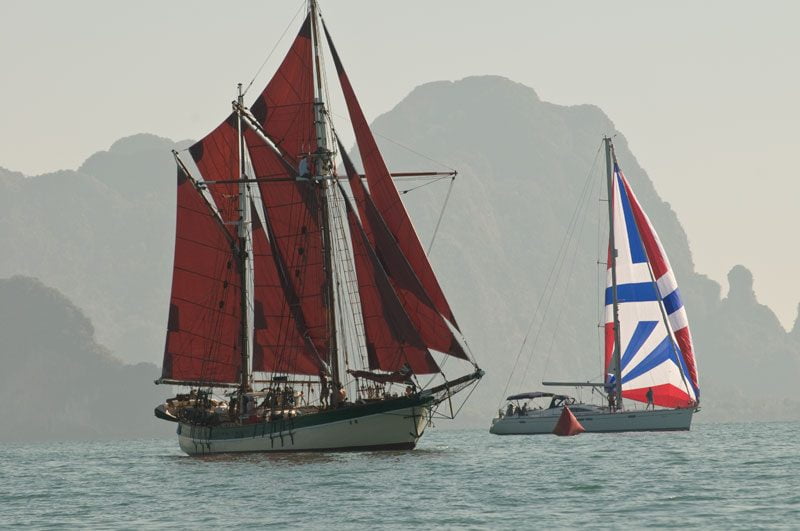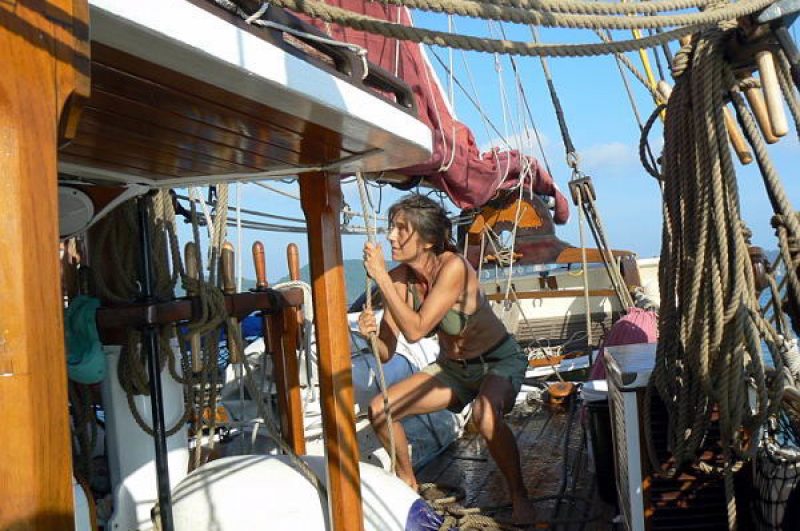Recycled wood for shipbuilding
There are many advantages to using wood that has slowly cured for over 100 years. First the wood is stable and does not expand or shrink after fitting. This allows joints to be fitted to very precise tolerances. Being well dried the wood accepts glues such as epoxy readily and bonds with incredible strength. The final finish on well-cured wood far surpasses that available on wood that still contains a higher percentage of moisture. Most importantly well-cured wood is more resistant to deterioration than fresh timber that still contains rot nourishing moisture and sap.
After a careful search of possible locations for this restoration, the Indonesian island of Bali was finally chosen. This decision was based on several factors. Number one was the availability of recycled woods of a very high quality directly from a single source. The second was the availability of highly skilled woodworkers and other craftsmen. Vegas refit requires the casting of many custom bronze fittings, the production of custom leaded stained glass, the casting and forging of iron, and many other items requiring a high degree of skill and experience in producing materials in the traditional manner.
- All of Vega's re-fit was done using re-cycled teak and iron wood from old ships and traditional houses.
- Planks 10 cm thick and up to 1.5 meters wide were often found on the old ships.
- The wood was then sorted and dried.
- Large planks and beams were taken into a warehouse dried, selected, cleaned, re-cut and plained. Vegas new mizzen and top mast can be seen in this picture.
- Piles of rough planks on the right become ready to work wood on the left.
- Recycled wood is a treasure not to be wasted. Many hours were spent planning the cutting schedule for larger pieces so that wastage was an absolute minimum.
- Planning how to cut a large 100 year old piece of teak with the proper run of grain was an art.
- Cutting large pieces of re-cycled 100 year old teak on a large band saw is an art in itself.
- Notice the cutting marks where smaller pieces were taken first so that wastage was minimal.
- The very fine cuts along thin curves required a great deal of skill and team work.
Subscribe to our Newsletter for monthly updates























